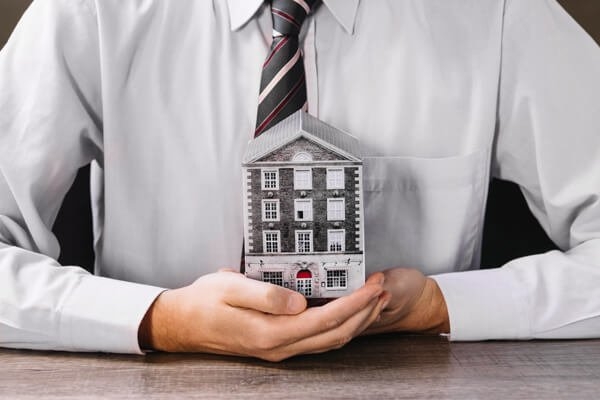T2-11-08, The Square One City,
Jalan USJ 25/1C,
47650 Subang Jaya,
Selangor, Malaysia.
+603-7496 0455
+6019-200 4888
+6019-200 4888
+603-7496 0456

Introducing the smart lock from Hune H330 in Malaysia which fulfil all the requirements
